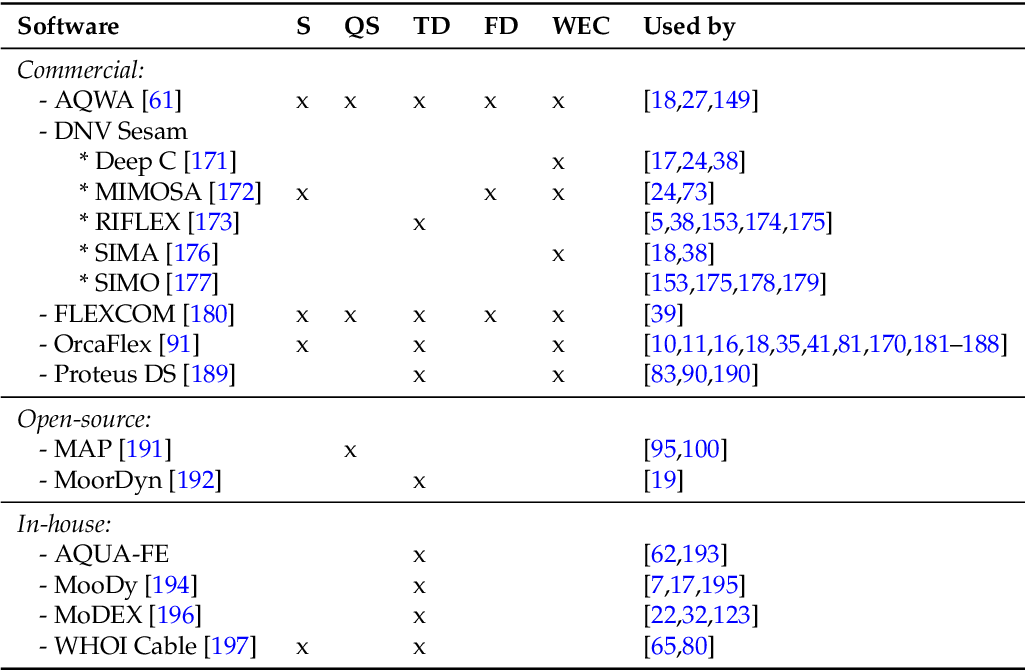

Now you’re finally ready to map your data. Create a formula for the values in Easting using the equation Easting = Ax + By + C. Create two more columns, Easting and Northing. Excel or another spreadsheet program is an easy way to do this. Once you’ve solved for A, B, C, D, E, and F, you’re ready to convert your x,y data into UTM coordinates. Use the same technique to solve for A and D. Then consider the opposite point, where y is zero, and x is 100 meters. B = 0.08ĭo the same thing to solve for E at this point. Subtract 537305E from both sides, and then divide by 200. And the UTM Easting at this point is 537321E. Because x is zero, the equations simplify to Easting = By + C. Now consider the upper left point, where x = 0 and y = 200 meters. And you’ve used your GPS to determine the UTM coordinates at are 537305E, 4394972N. So the equation simplifies to Easting = C at the point. Because x is zero, the Ax term is also zero. C and F are easy to determine – these are the Easting and Northing values at point 1, where x and y are both equal to zero. The equation for Northing is: Northing = Dx + Ey + F. The equation for Easting is: Easting = Ax + By + C. The fourth is in the lower right corner, where x is at maximum, and y is zero. The third point should be at the opposite corner, where x and y are at their maximum. The second is at the corner (the upper left corner) where y is at maximum, and x is zero.

The first should be the zero point, where x and y are 0 in your sampling grid. You’ll need to know the UTM coordinates of the four corner points in your sampling grid. This is actually a lot easier than it sounds – you’re just solving two equations that map X,Y data from your sampling grid to Easting and Northing coordinates in UTM. The next step is to create a 2D coordinate transform, between your sampling grid coordinates, and the UTM coordinate system. You could use California State Plane coordinates, but UTM is probably an easier choice, and you can set your GPS to display UTM coordinates.

Latitude and longitude are great for plotting spherical data, but for any type of X,Y data, you should switch to a metric grid system. Since you’re using a sampling grid with 10 meter intervals, the first thing you should do is adopt a mapping coordinate system that uses meters as well – UTM. Can you recommend the best way to do that? I have GPS coordinates for each of the stakes and would like to translate the ‘fake’ coordinates of my grid into real lat and long coordinates. I have set up a 10 meter grid of stakes across a lek, which I use to get x and y coordinates for marked birds on the lek throughout the morning. I am doing a behavioral study on a species of bird that has communal display sites called leks.


 0 kommentar(er)
0 kommentar(er)
